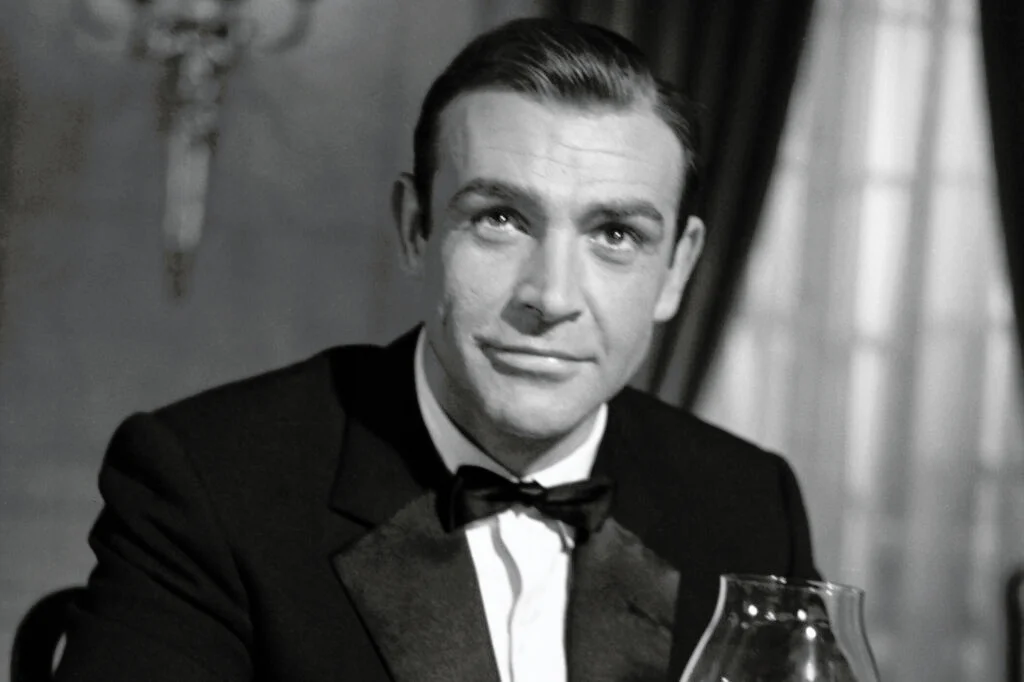The 1960s gave us a new breed of leading man who understood that sometimes the most powerful performances happen in the spaces between words. These weren’t the theatrical, declamatory actors of earlier decades who relied on grand gestures and booming voices to command attention. Instead, they were masters of subtlety, men who could convey entire emotional landscapes with nothing more than a glance, a raised eyebrow, or the slight tightening of their jaw.
What made these actors so compelling was their ability to suggest rather than declare, to hint at depths of character that audiences had to work to understand. They brought a new kind of masculinity to the screen – one that was more complex, more vulnerable, and infinitely more mysterious than the straightforward heroes of the past. Their silences spoke volumes, and their expressions told stories that words could never capture.
1. Steve McQueen
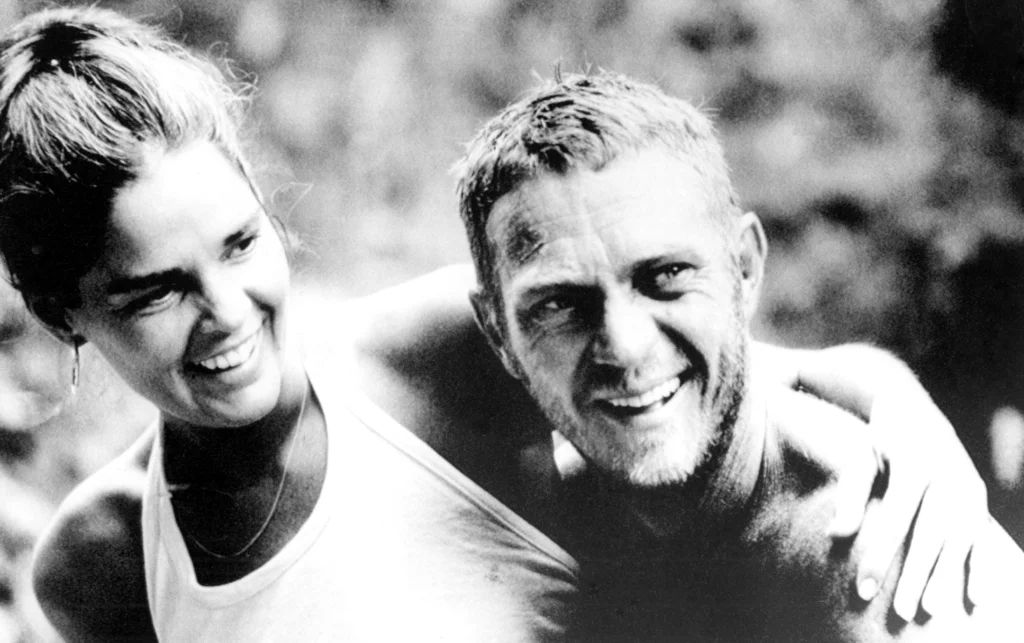
Steve McQueen’s piercing blue eyes could communicate volumes about a character’s inner turmoil without him ever opening his mouth. His trademark squint and the way he held his jaw suggested a man constantly calculating his next move, whether he was planning a motorcycle escape or sizing up an opponent. McQueen had perfected the art of the meaningful pause, letting tension build in the silence before delivering his lines with maximum impact.
His appeal lay in what he didn’t say as much as what he did, creating characters who seemed to carry entire histories in their expressions. The way McQueen could convey determination, vulnerability, and danger all in a single look made him utterly magnetic on screen. He understood that true movie star charisma comes not from telling the audience everything, but from making them lean forward, desperate to know what he’s thinking behind those calculating eyes.
2. Paul Newman
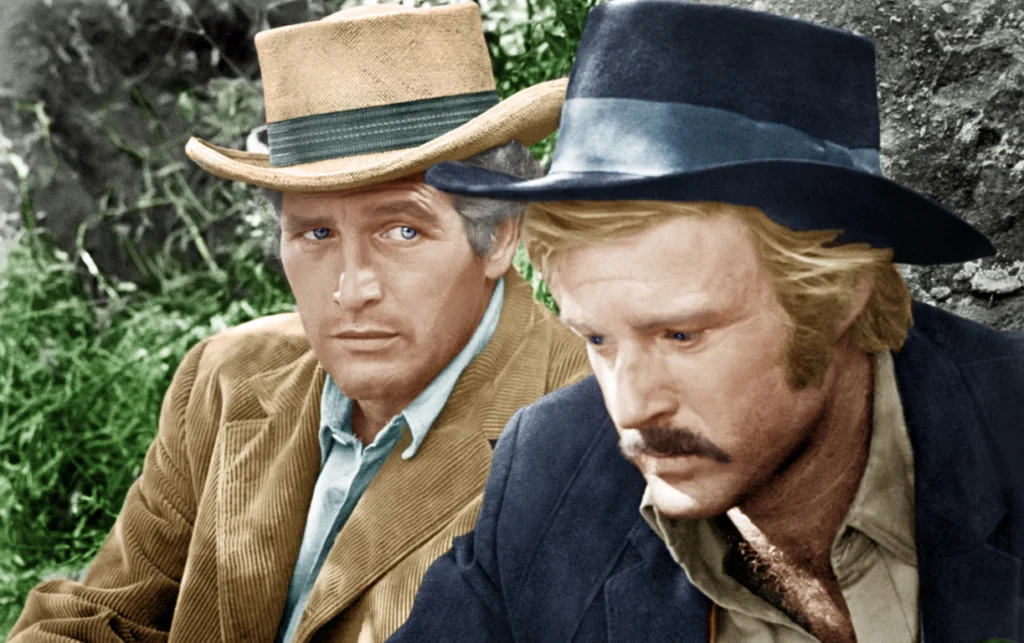
Paul Newman’s legendary blue eyes were like windows into complex souls, capable of shifting from boyish charm to steely determination in a heartbeat. His subtle smile could suggest everything from innocent mischief to dangerous confidence, while his more serious expressions hinted at depths of character that kept audiences guessing. Newman had a gift for making even the most roguish characters seem fundamentally decent through nothing more than the sincerity in his gaze.
His ability to convey internal conflict without saying a word made him perfect for the morally ambiguous characters that defined ’60s cinema. Newman could make you believe in a character’s redemption or fall from grace simply through the way he looked at other actors, creating relationships and tensions that felt utterly real. The intelligence behind his eyes suggested a man who was always thinking three steps ahead, making every interaction feel charged with possibility.
3. Sean Connery
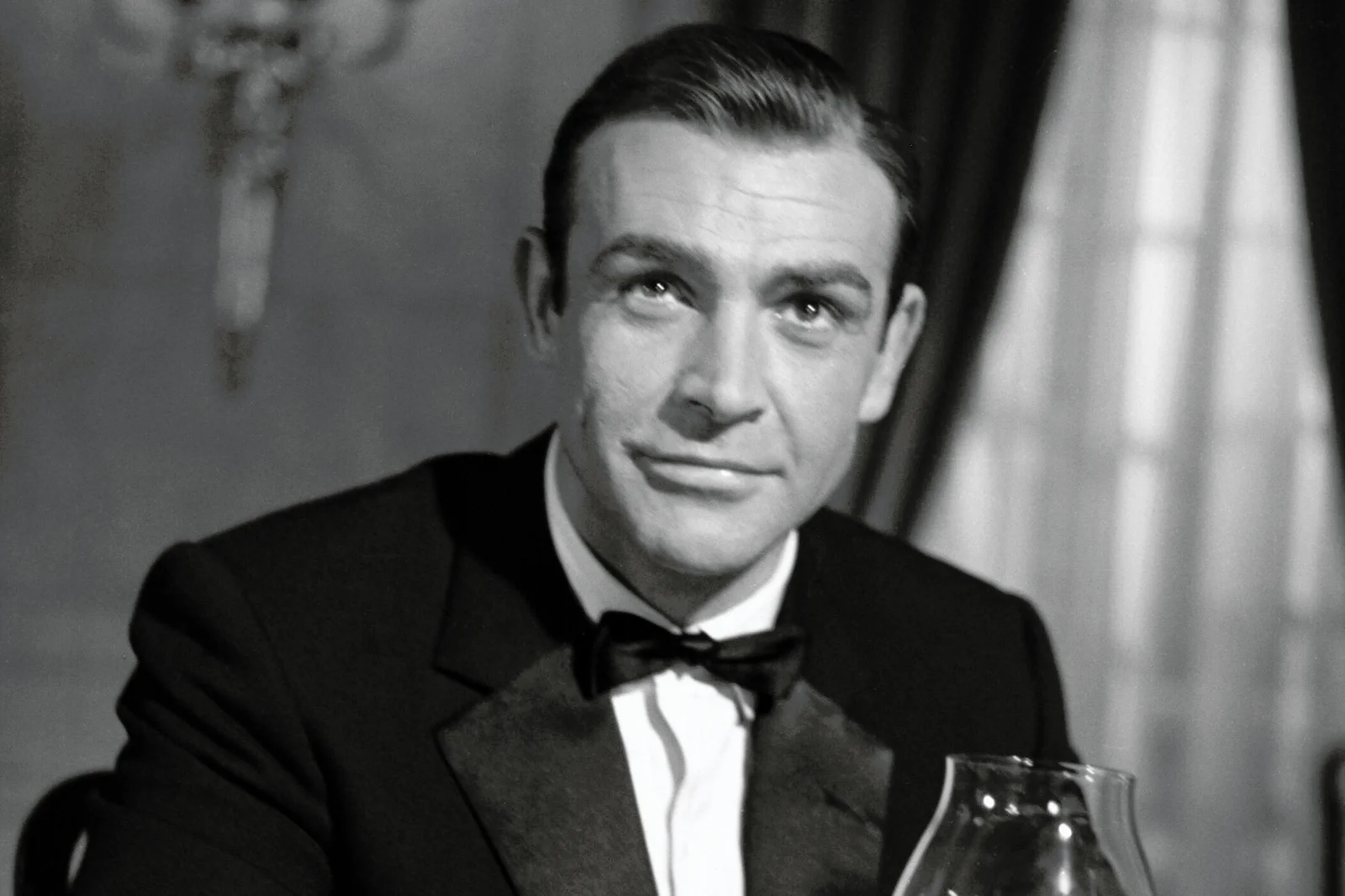
Sean Connery’s raised eyebrow became one of cinema’s most powerful expressions, capable of conveying everything from mild amusement to deadly warning. His Scottish accent may have been distinctive, but it was his ability to communicate danger and sophistication through his expressions that made him the definitive James Bond. Connery’s eyes could shift from twinkling with humor to going completely cold in a matter of seconds, keeping both his co-stars and audiences constantly off-balance.
His magnetic presence filled every frame he appeared in, whether he was delivering a witty one-liner or simply observing the action around him. Connery had mastered the art of the predatory stare, making other characters – and viewers – feel like they were being sized up by someone who could be either their greatest ally or most dangerous enemy. His ability to project both charm and menace simultaneously made him utterly compelling, even when he was simply standing still.
4. Sidney Poitier
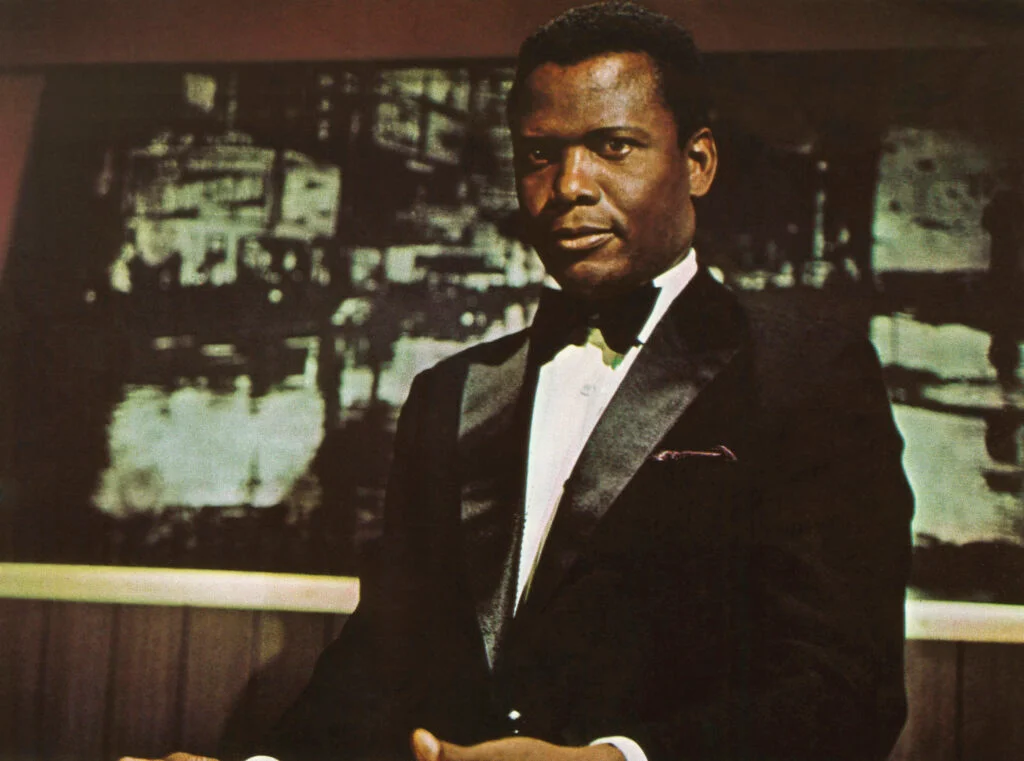
Sidney Poitier’s dignified bearing and expressive eyes could communicate decades of experience and wisdom without him needing to explain his character’s background. His face was a map of intelligence and integrity, capable of showing both the pain of injustice and the strength to overcome it through subtle changes in expression. Poitier had a gift for making silence feel powerful rather than empty, using pauses and looks to create some of cinema’s most memorable moments.
His ability to convey both vulnerability and unshakeable moral authority made him perfect for the groundbreaking roles that defined his career. Poitier could make audiences feel the weight of historical injustice and the hope for change through nothing more than the way he carried himself and the emotions that played across his features. His performances proved that true strength often lies in restraint, and that the most powerful statements are sometimes made without saying a word.
5. Lee Marvin
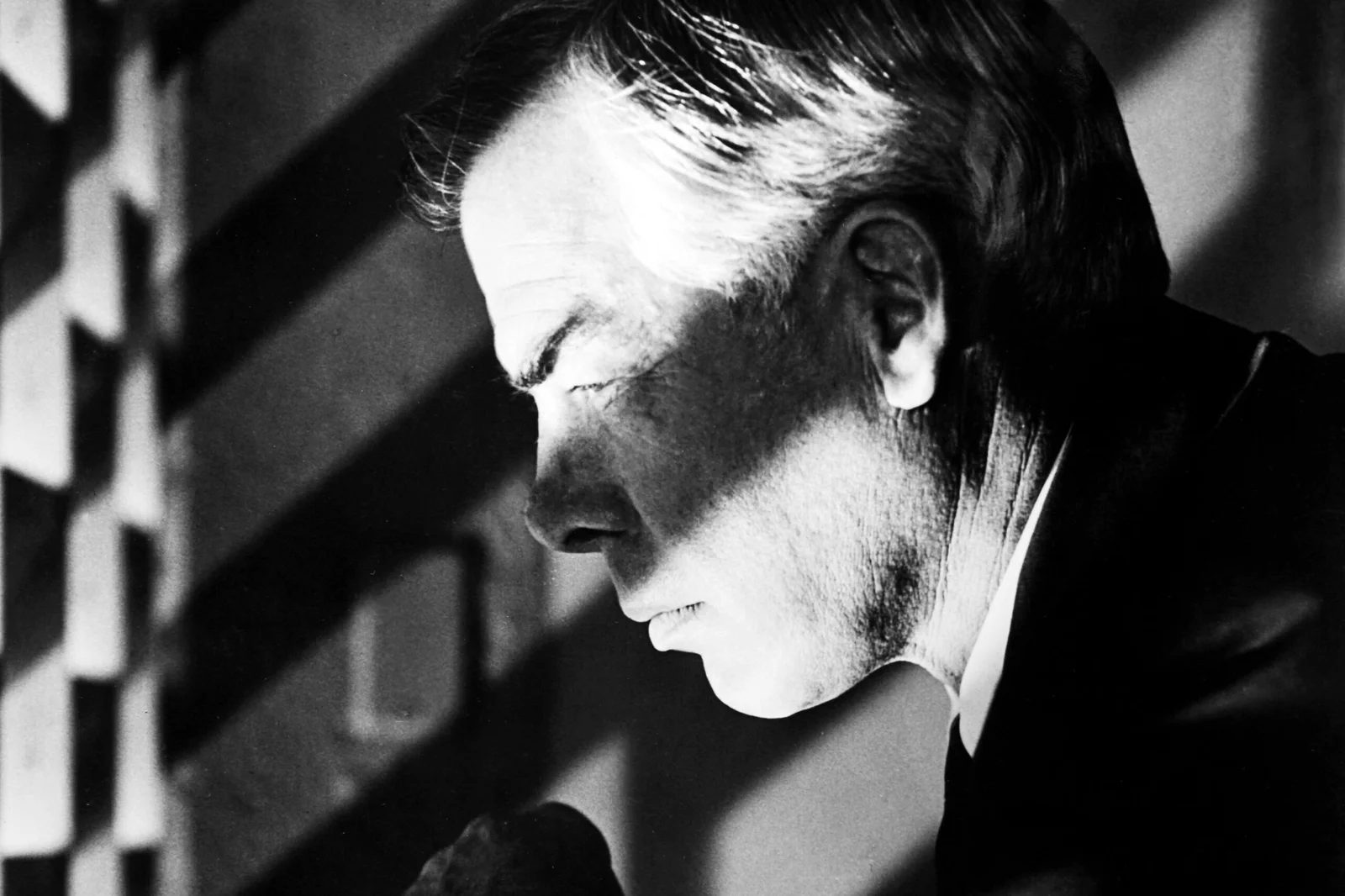
Lee Marvin’s weathered face and steely gray eyes could convey a lifetime of hard-won experience and barely contained violence. His craggy features and the way he held his mouth suggested a man who had seen everything and wasn’t easily impressed or intimidated by anything. Marvin had perfected the thousand-yard stare, making other characters wonder whether he was sizing them up as a threat or simply deciding whether they were worth his time.
His ability to project both world-weary wisdom and sudden, explosive danger made him one of the most compelling character actors of the decade. Marvin could make a simple nod feel like a benediction or a death sentence, depending on the context and the subtle changes in his expression. He understood that true screen presence comes from making other people react to you, and his penetrating gaze could make even the toughest actors seem nervous and uncertain.
6. Warren Beatty
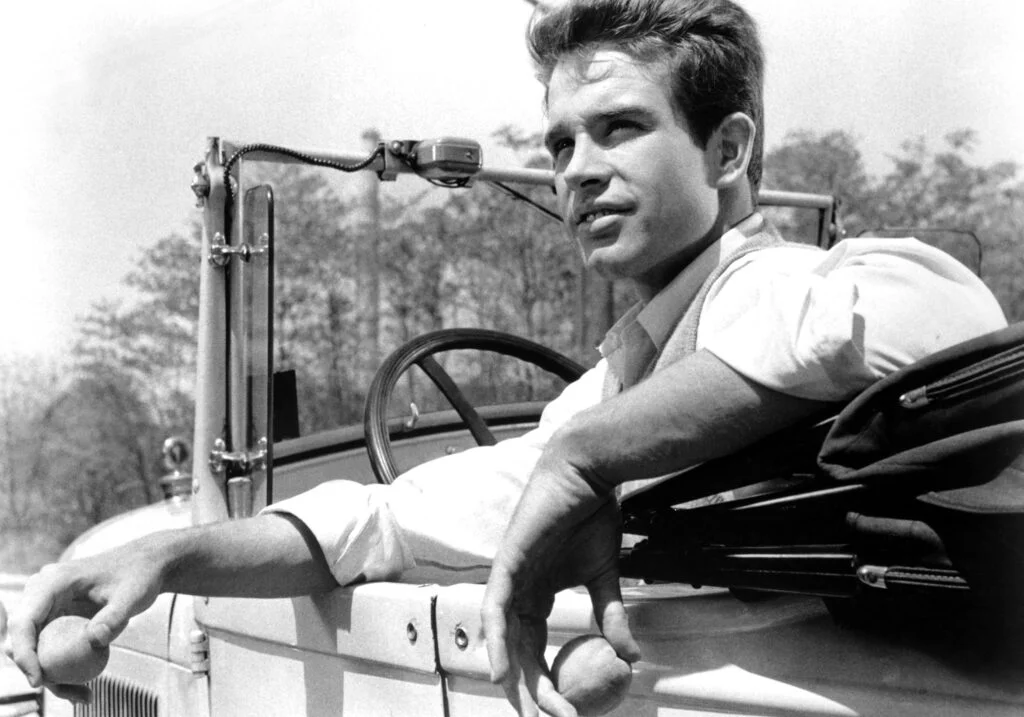
Warren Beatty’s boyish good looks masked a calculating intelligence that made his characters infinitely more interesting than typical pretty-boy leads. His ability to let confusion, desire, and ambition play across his features simultaneously created complex characters who seemed to be fighting internal battles even in quiet moments. Beatty had a gift for making uncertainty look attractive, suggesting depths of character that audiences wanted to explore.
His expressive eyes could shift from vulnerable to predatory in an instant, making it impossible to predict what his characters might do next. Beatty’s talent for conveying internal conflict through subtle facial expressions made him perfect for the morally ambiguous roles that defined ’60s cinema. He could make you sympathize with characters who made questionable choices simply through the honesty of his expressions and the suggestion that he was struggling with the same moral dilemmas as the audience.
7. George Peppard

George Peppard’s aristocratic features and penetrating stare could convey both sophistication and underlying tension that made his characters utterly compelling. His ability to suggest that his characters were hiding important secrets made every scene feel charged with possibility, even when nothing dramatic was happening. Peppard had mastered the art of the meaningful glance, making other actors and audiences feel like they were missing some crucial piece of information.
His expressions could shift from charming to cold in a heartbeat, suggesting a complexity that kept viewers guessing about his true motivations. Peppard’s talent for making silence feel pregnant with meaning made him perfect for roles that required both charm and danger. He could make you believe that his characters were capable of anything, simply through the intensity of his gaze and the suggestion that he was always calculating his next move.
8. Omar Sharif
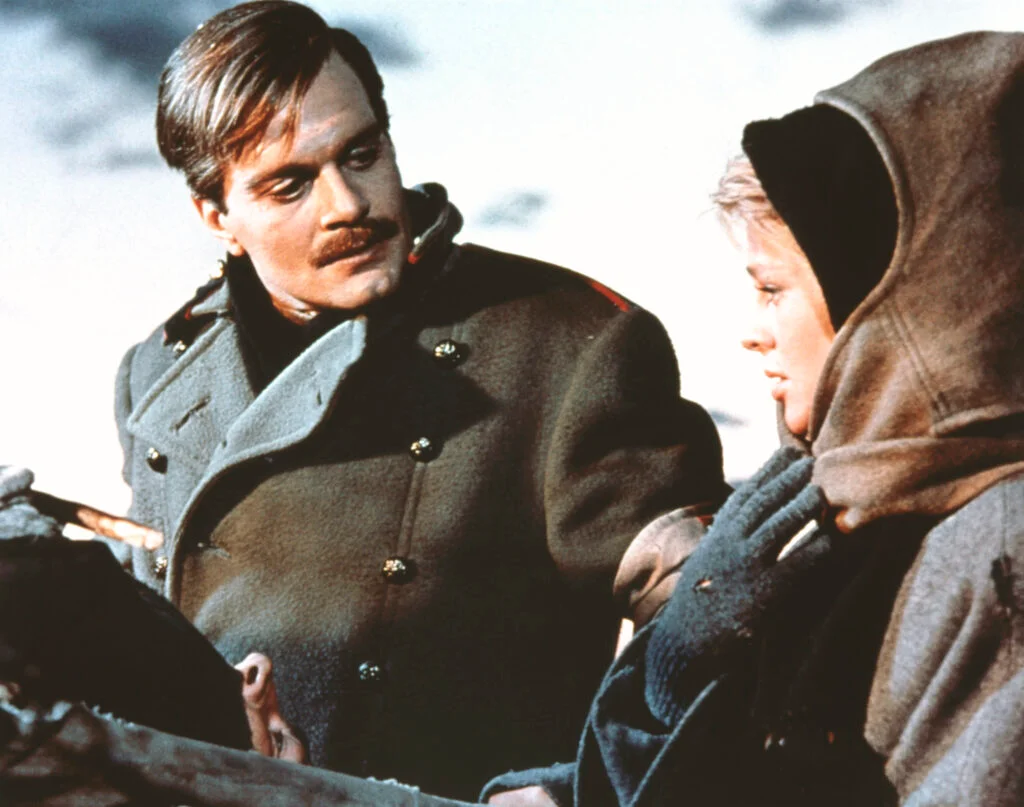
Omar Sharif’s dark, expressive eyes could convey passion, melancholy, and wisdom with an intensity that transcended language barriers. His exotic features and the way he held his head suggested a man who had experienced great love and great loss, making even his quietest moments feel emotionally charged. Sharif had a gift for making every glance feel like a declaration of love or a farewell, creating romantic tension that was almost palpable.
His ability to convey deep emotion through subtle changes in expression made him perfect for epic romantic roles that required both passion and restraint. Sharif could make audiences feel the weight of history and the power of love through nothing more than the way he looked at his leading ladies. His performances proved that true romantic leading men don’t need grand gestures – sometimes a single, meaningful look is more powerful than any declaration of love.
9. Terence Stamp
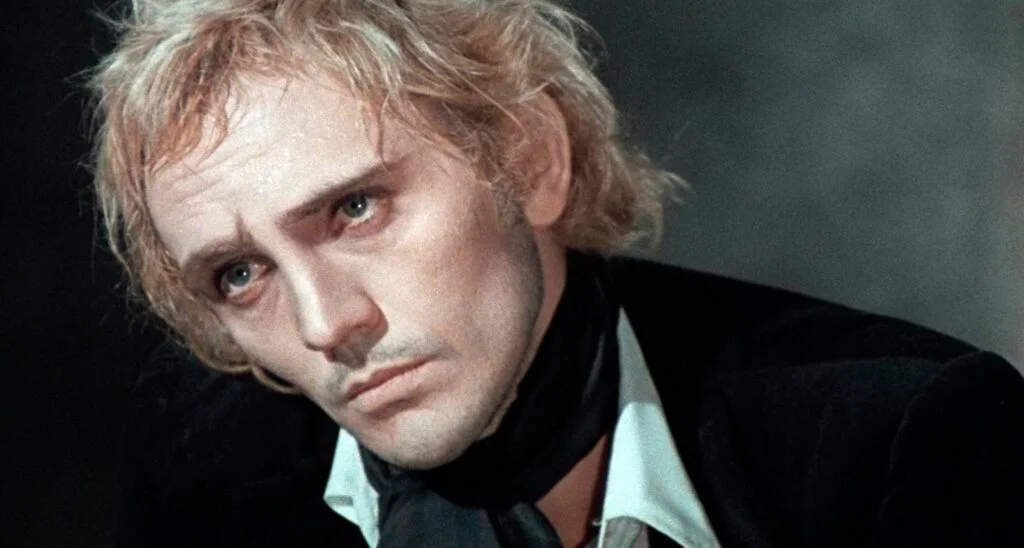
Terence Stamp’s ethereal beauty and intense blue eyes created an almost otherworldly presence that made his characters seem both vulnerable and dangerous. His ability to convey innocence and corruption simultaneously made him perfect for roles that explored the moral complexities of the ’60s. Stamp had a gift for making silence feel ominous, using his penetrating stare to create tension even in the most mundane scenes.
His androgynous features and the way he could shift from angelic to menacing with just a change in expression made him utterly unpredictable on screen. Stamp’s talent for conveying internal conflict through subtle facial movements made his characters feel psychologically complex and emotionally authentic. He could make audiences simultaneously attracted to and frightened by his characters, creating a magnetic screen presence that was impossible to ignore.
10. James Coburn
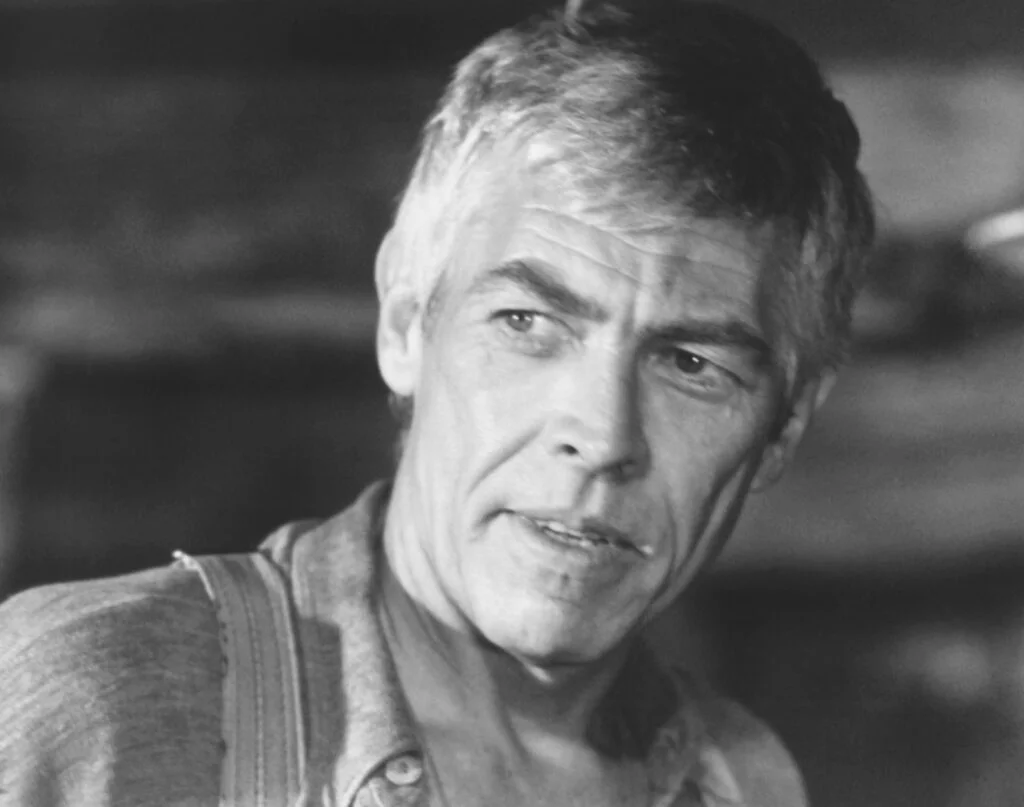
James Coburn’s lanky frame and distinctive grin could convey both easy-going charm and barely contained violence, making him one of the most versatile character actors of the decade. His ability to suggest that his characters were always holding something back made every interaction feel charged with potential danger or unexpected humor. Coburn had mastered the art of the knowing smile, making audiences feel like they were in on some private joke that other characters didn’t understand.
His expressive eyes could shift from twinkling with mischief to going completely flat and dangerous, keeping both his co-stars and viewers constantly off-balance. Coburn’s talent for making even the most violent characters seem likeable through his expressions and body language made him perfect for the morally ambiguous roles that defined ’60s cinema. He could make you root for characters who probably shouldn’t be heroes, simply through the honesty and humor in his face.
11. George Hamilton
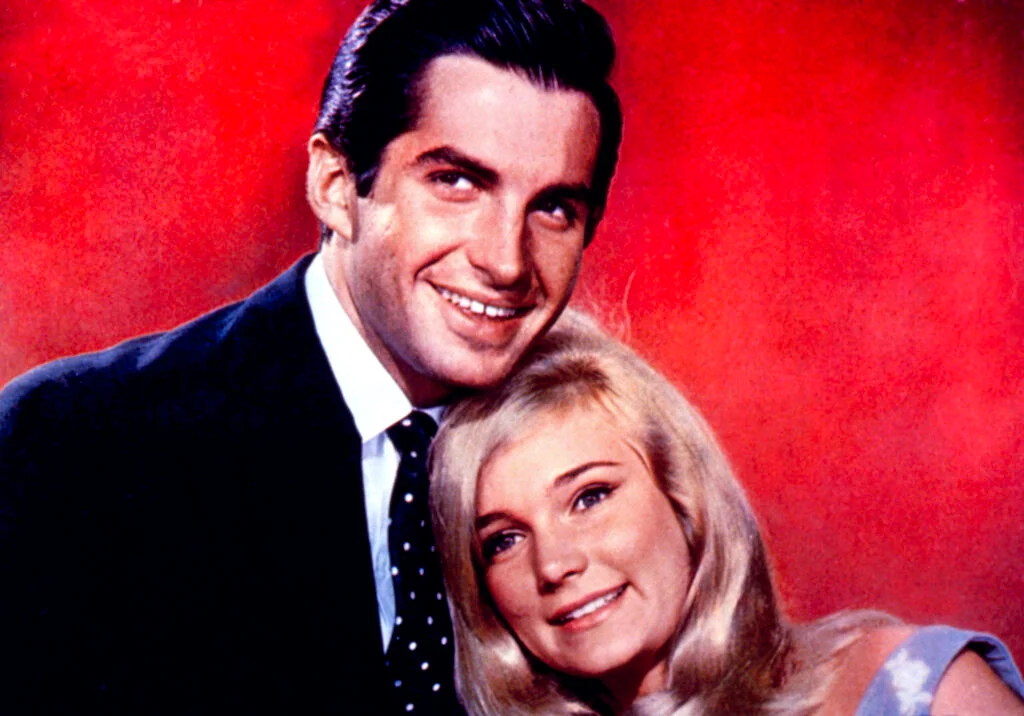
George Hamilton’s perpetual tan and perfect smile masked a sharp intelligence that made his characters more interesting than typical leading man roles. His ability to suggest that his characters were always performing, even in private moments, created a fascinating meta-textual quality that was ahead of its time. Hamilton had a gift for making vanity look both attractive and slightly ridiculous, creating characters who were simultaneously enviable and pitiable.
His expressive eyes could convey both supreme confidence and underlying insecurity, suggesting depths of character that weren’t always evident in his dialogue. Hamilton’s talent for making even the most superficial characters seem psychologically complex made him perfect for roles that explored the hollow nature of fame and success. He could make audiences laugh at his characters while still making them care about their fates, creating a unique brand of sympathetic narcissism.
12. Ryan O’Neal
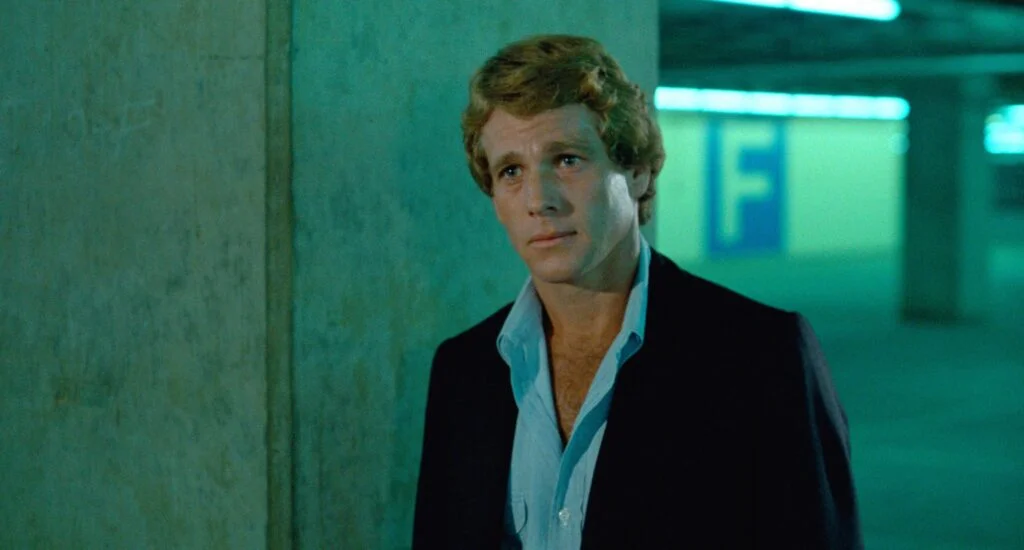
Ryan O’Neal’s boyish features and vulnerable eyes could convey both innocence and hidden depths that made his characters utterly compelling. His ability to suggest that his characters were struggling with emotions they couldn’t quite understand made even his most confident moments feel tinged with uncertainty. O’Neal had a gift for making vulnerability look attractive, creating characters who seemed to need protection even when they were trying to be strong.
His expressive face could shift from joy to heartbreak in an instant, making every emotional moment feel genuine and earned. O’Neal’s talent for conveying internal conflict through subtle changes in expression made him perfect for romantic roles that required both passion and restraint. He could make audiences feel protective of his characters while still finding them romantically appealing, creating a unique combination of strength and vulnerability that defined a new kind of leading man.
These twelve actors understood that the most powerful performances often happen in the quiet moments between words. They brought a new sophistication to screen acting, proving that true charisma comes not from what you say, but from what you make audiences believe you’re thinking. Their legacy lives on in every actor who understands that sometimes the most eloquent speeches are delivered without saying a single word.
This story ’60s Leading Men Who Could Say More With a Look Than a Whole Monologue was first published on Takes Me Back.

